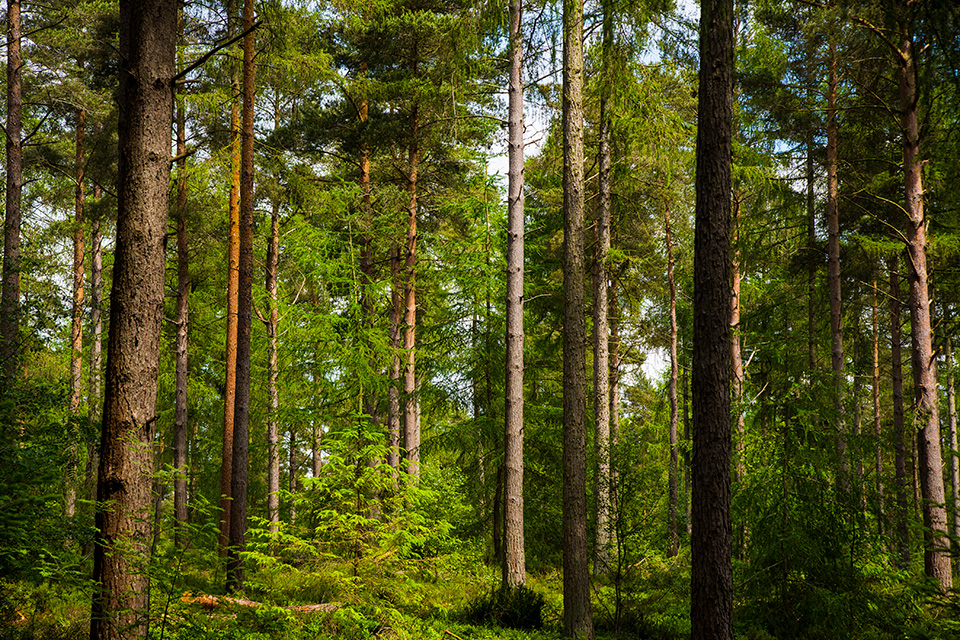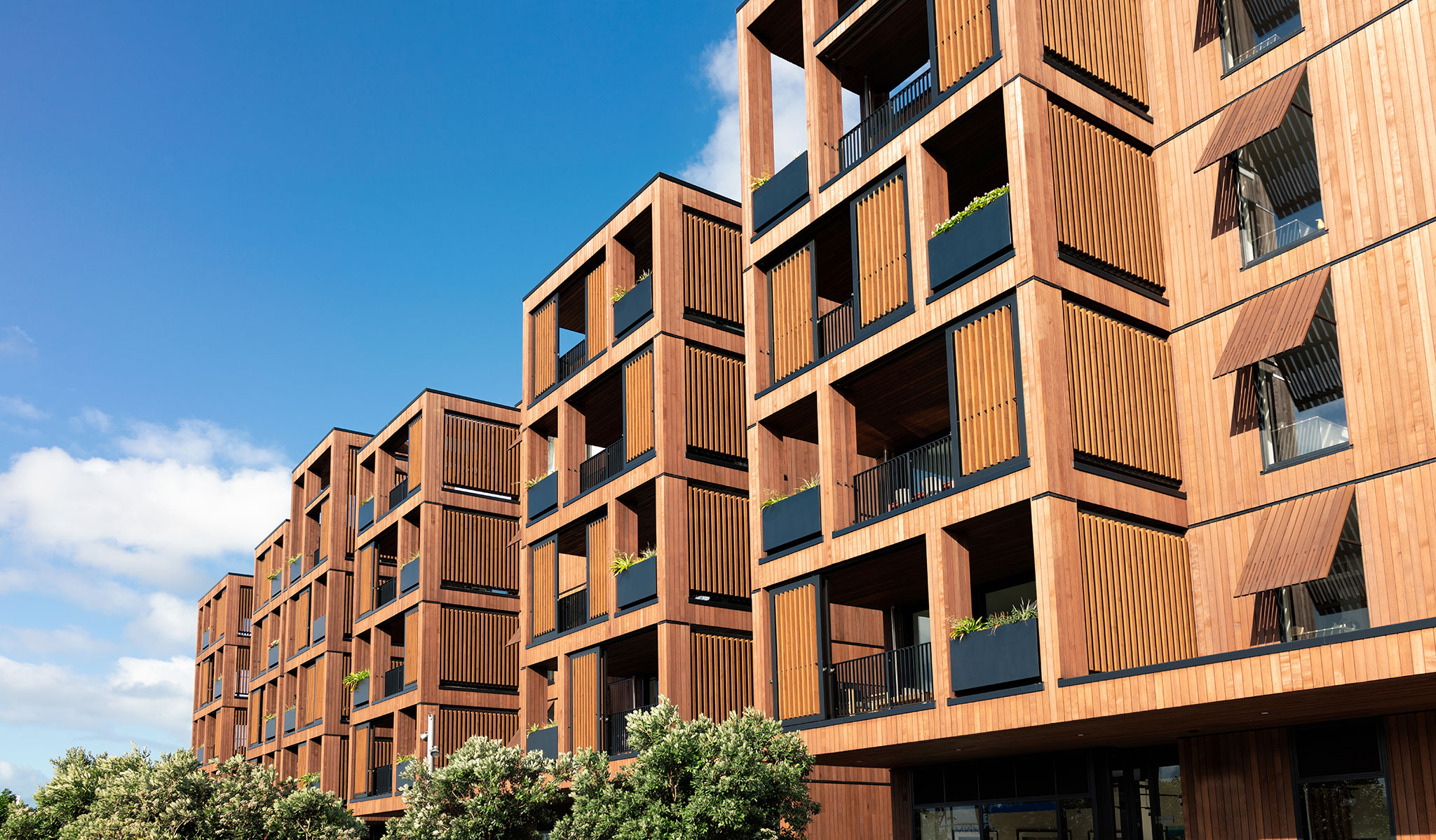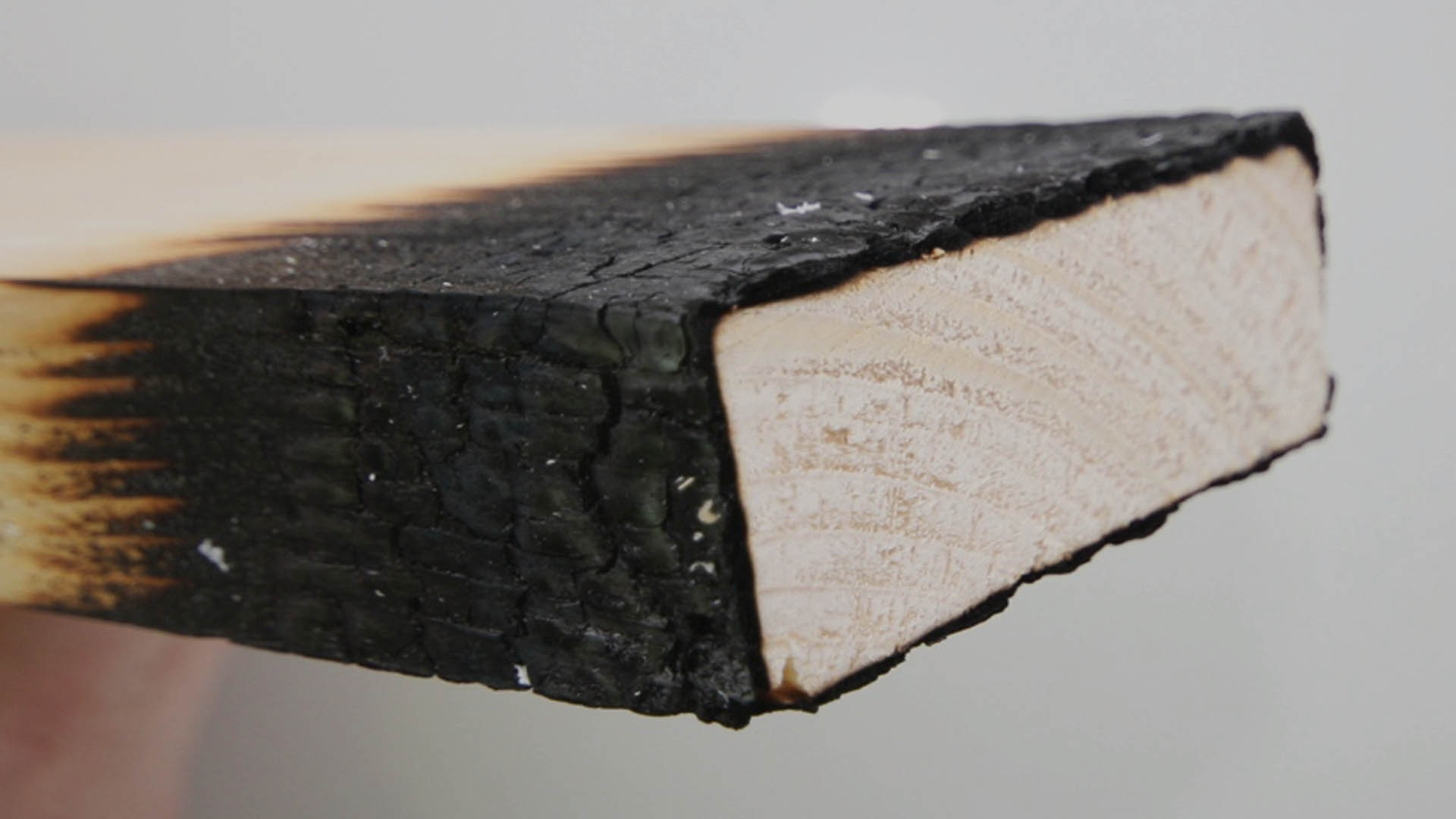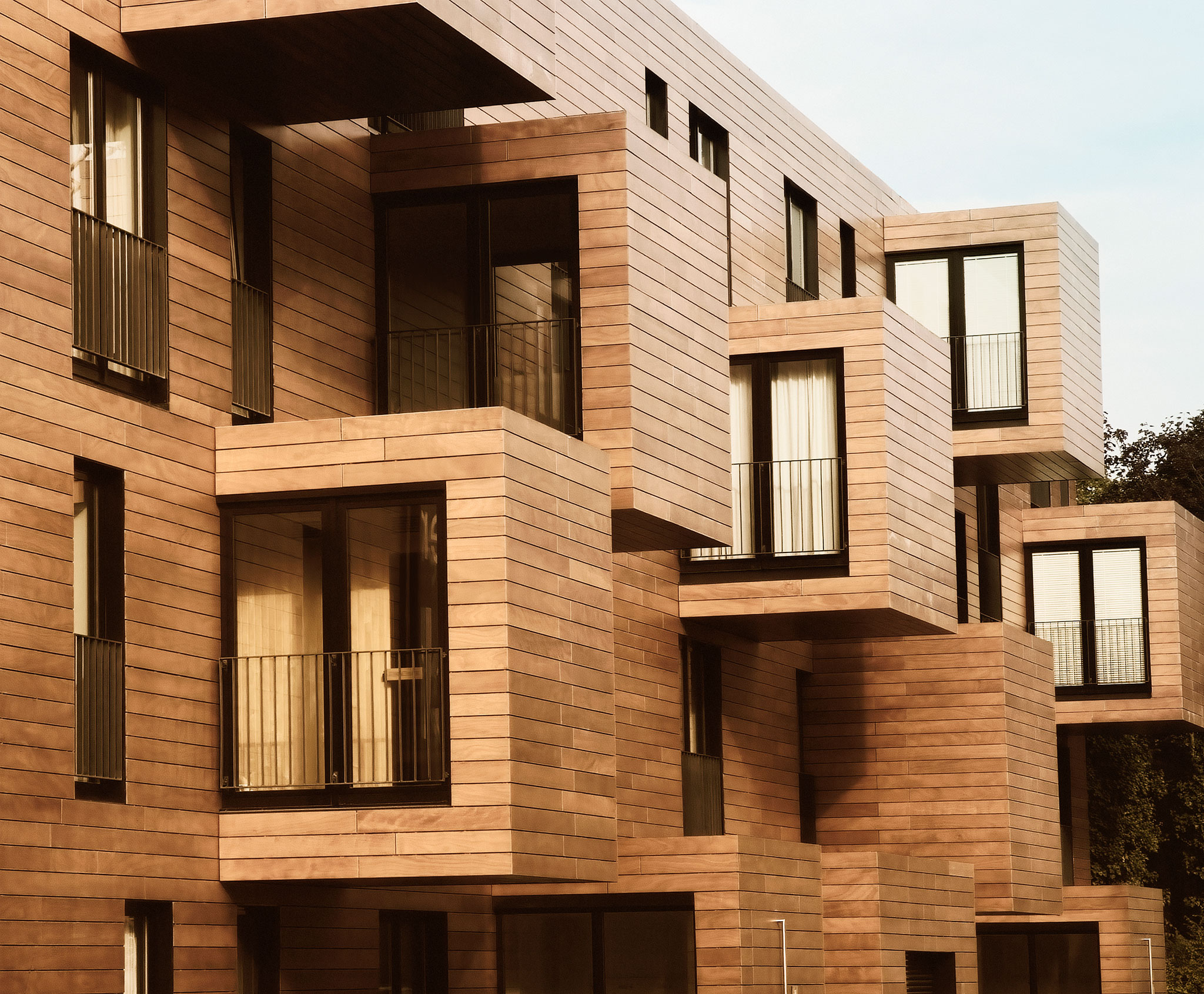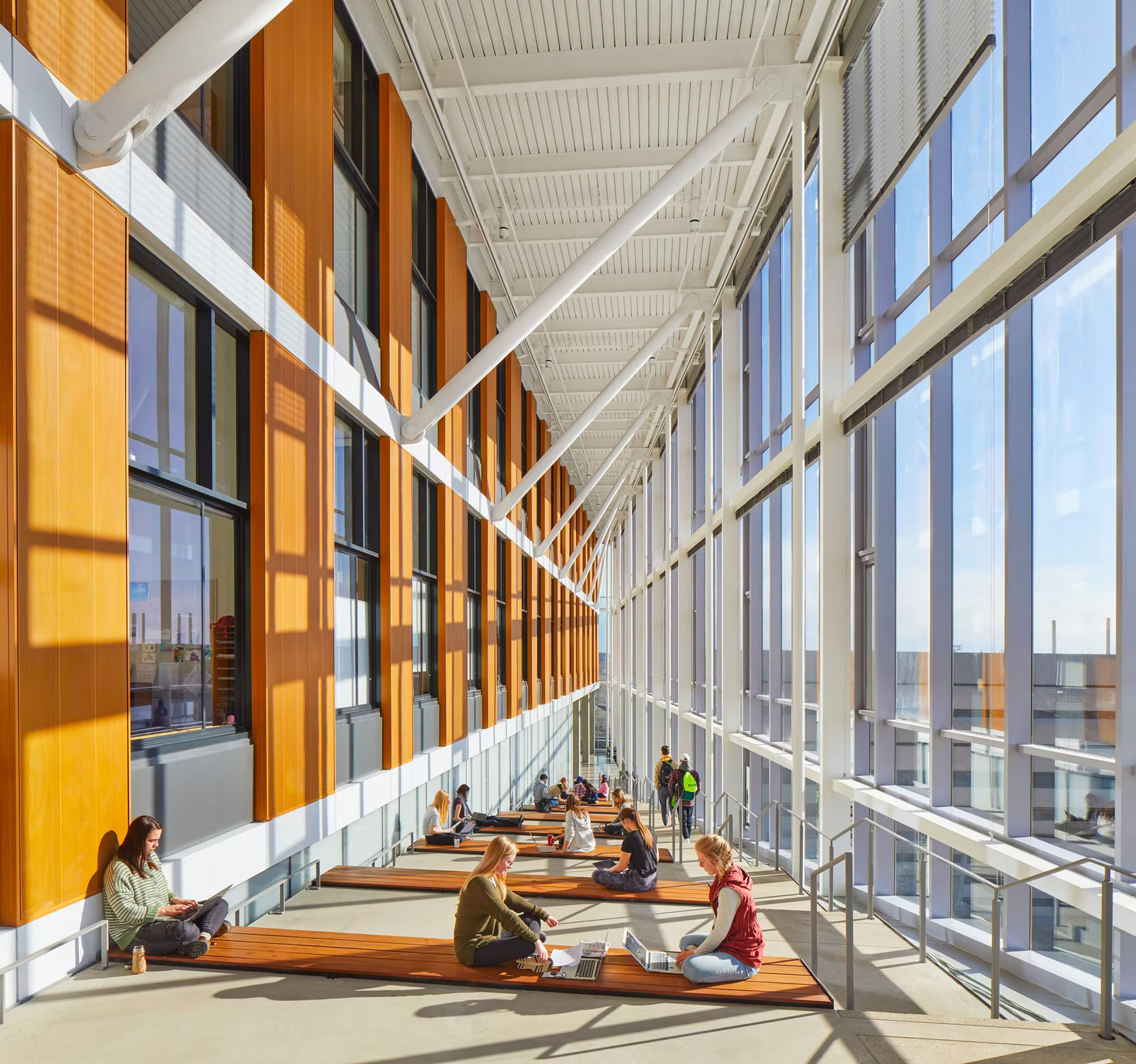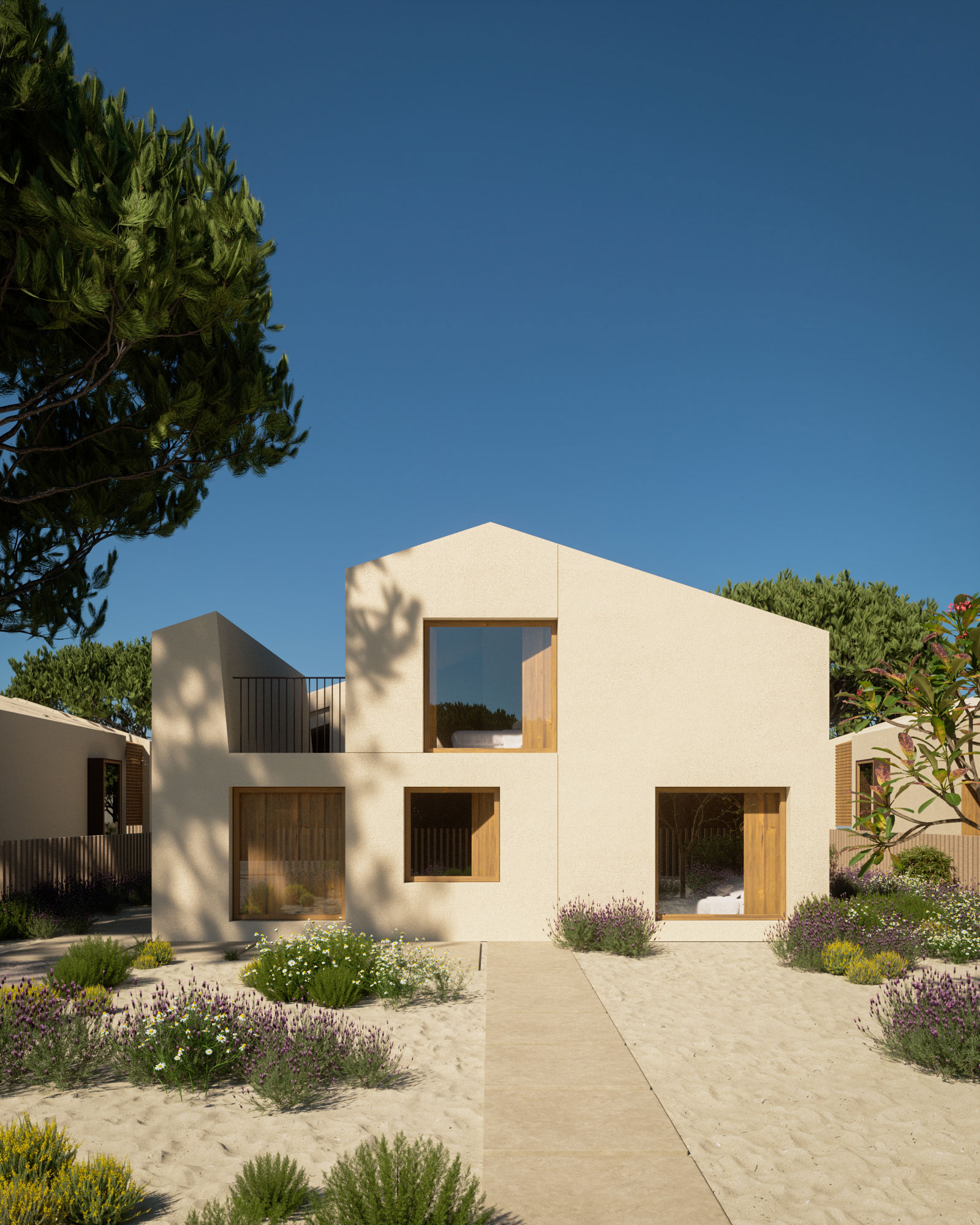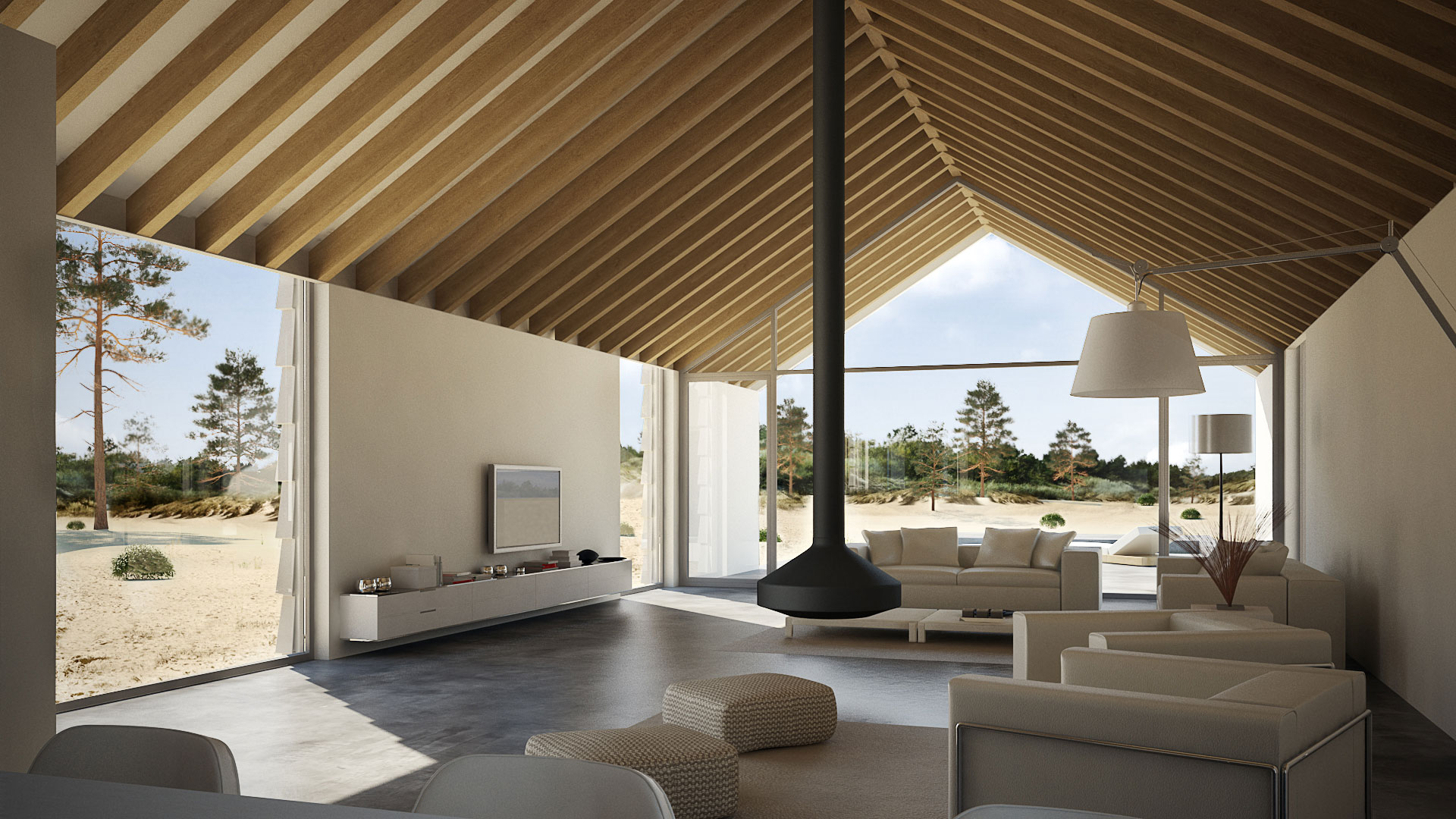What is so special about timber constructions?
Building with wood is special.
Firstly, because we are dealing with an organic, natural material, created by nature, with specific functions – such as the mainstay of the tree top and transport of nutrients – which is not produced by humans according to a formula, a composition developed and tested for a certain purpose. This is the key particularity of building with wood: it is essential to understand the material, wood, created and perfected by Nature. However, on the other hand, based on our knowledge of the material, of its anatomical organisation and chemical composition, it is possible to comprehensively explain all its physical and mechanical features and performances.
Accordingly, the following particularities of timber as a construction material can be identified:
The wood tissue is composed of fibres, arranged longitudinally with the tree trunk. This cellular organisation, similar to tubes aligned with the trunk, is a structure idealised by nature to ensure the tree’s support and the transport of nutrients.
As trees show distinct growth rates – in Europe, they only grow in the spring and summer – the fibres, tubes will be different. The earlywood (springwood), of a lighter colour, comes from faster growth and is, therefore, less resistant. The latewood (summerwood), because it grows in the presence of less water, is darker and more resistant due to having grown slower. Hence, it is hardly surprising that those working with wood should associate its density with mechanical properties. Greater density, meaning fibres or tubes, of thicker walls corresponds to greater resistance. Heavier wood tends to show better resistance. Likewise, higher densities are normally associated with greater durability. It makes sense that higher densities, meaning fewer empty spaces as a consequence of fibres with lower free interior diameter, show less porosity, and accordingly, the penetration of degradation agents is more difficult.
However, tropical woods normally have a less variable growth rate throughout the year, leading to greater homogeneity in the wood and, therefore, it is more difficult to identify the growth rings (lighter ring and darker ring).
This cellular organisation, of fibres aligned longitudinally with the tree trunk, also helps to explain the to the anisotropic performance of timber. Timber shows mechanical responses that differ according to the direction of application relative to the fibres (anisotropy). Now, a tube, a fibre, has a different resistance when submitted to compression or tensile strength tests. And its response differs if the compression is parallel to the fibres or perpendicular. And the same happens with tensile strength. For example, when submitted to compression parallel to its longitudinal axis, a fibre buckles. But when submitted to compression perpendicular to its longitudinal axis upon diametral compression, crushing occurs. Concerning tensile strength, when tension is applied in the fibres direction, it is demonstrated that the resistance is good (a tube has good resistance to axial tension) but, when applied perpendicularly to the fibres, and as the fibres are aligned longitudinally with the trunk, its resistance is very low, as it is easy to separate the fibres in this direction. This is how the lumberjack opens and splits the wood: placing the axe and/or wedges in a longitudinal direction to “open” the fibres perpendicular to the wood grain. Bearing in mind this analogy, it becomes easy to understand the effect of the presence of knots in the wood. A knot does not interrupt the fibres, but rather deviates them. The larger the knot, the greater the deviation of fibres in relation to the trunk’s longitudinal direction. The greater the deviation, the larger the perpendicular component when a wood member is submitted to axial tension. As perpendicular tensile strength is very low, when this component grows, the final, overall resistance, decreases. Therefore, for those working in the area it is intuitive to state that a clean board of wood, without knots, or with small knots, is of a better quality and has a corresponding superior mechanical resistance. Timber is the only construction material that enables foreseeing its mechanical performance “merely” by its visual appraisal.
Quite wrongly, timber is normally associated with low durability. The truth is that there are examples demonstrating that timber constructions can last for centuries. Under certain conditions, the durability of timber constructions can be high. The key degradation agent is the water. The most severe is undoubtedly fire. But the most frequent is water. However, water in itself is not the degradation agent. Actually, in the presence of water, the wood’s water content rises, creating ideal conditions for the appearance of degradation agents such as fungi, insects and termites. To put it more simply, it is well-known that if we keep the water content of timber members below 20%, the risk of degradation is minimal. This should be our main prevention measure. Then, we know that some wood species show a natural durability that is more appropriate for particular applications. The designer is not only responsible for making the safety calculations, but also for selecting the most appropriate wood species for a given application. If the natural durability is not sufficient for the level of aggression represented by the application’s environment, then the wood must be treated. However, not all wood species can be treated, or permit the same level (depth) of treatment. The durability of a timber construction is greatly associated with the construction details. The detailing should boost the ventilation of the wood and prevent the accumulation of water in contact with the timber. The design should seek to reduce direct the wood’s contact, in particular on its longitudinal direction (this is the direction along which the fibres are aligned, so as to facilitate the transport of water inside the fibres in this direction) with all possible water sources.
Timber is easy to work with, to cut and drill holes in. This advantage is a double-edged sword, as it can sometimes be a disadvantage. By being easy to work with, it often leads to a certain carelessness on-site, or lack of appreciation of its true value. It is commonly assumed that even someone with limited construction or even manual work skills would not have much difficulty in building with timber. This less technological, more archaic aspect is very damaging for building with wood and is not entirely wrong. Nowadays, timber construction uses the most modern technological and digital processes available. When we currently talk about the importance of prefabrication, digital imaging and for example BIM, the timber industry emerges as an advocate in these areas. Timber construction is by definition prefabricated. Nowadays, all timber construction members are designed and produced using computer-aided design (CAD), computer-aided manufacturing (CAM) and computer numerical control (CNC) technology. Rigour is in the order of one millimeter.
Bearing in mind the analogy presented above of wood composition being fibres aligned longitudinally with the tree trunk, this concept becomes easy to understand. Wood shows different physical and mechanical performances according to the direction in relation to the fibres. Along the direction of the fibres, its mechanical resistance, tensile strength and compression is high. It is in this direction that the porosity is higher as this direction facilitates the circulation of water in its interior. However, in the perpendicular direction, resistance to tension is very low. Resistance to perpendicular compression to the fibres is lower than that in the parallel direction, but shows an interesting ductile performance, wisely explored by master carpenters in the design of joinery with notches, steps, tenon-mortise, etc.
A joint represents the union of various members. These members are normally presented in different directions, inclinations, etc. Since we know that timber is an anisotropic material, whose physical and mechanical properties depend on direction, it becomes easier to accept that the joints represent the weakest members of the timber construction. From the start, we have members with distinct performance because they are submitted to stress in different directions in relation to the fibres. The connectors most used in timber construction are of the dowel-type – screws, nails, bolts, etc. These connectors essentially works under shear stresses. Nowadays, there are joints that convey part of the stress by axial forces, but the design of the joints should take into account that the transfer of stress is essentially by shear (with deformation of the connector and localised crushing of the wood).
What makes building with wood so special is that, in order to be successful, it is necessary to understand the material we are using. For example, we could have conducted the most rigorous and reliable calculations, but we selected a wood species that does not have the appropriate durability for the application, with the certain outcome that we will end up with a construction with a short useful life and flawed performance. But when we are armed with this knowledge, building with wood is fantastic.

Related Articles
Timber in construction roadmap
Government has introduced a statutory tree and woodland cover target which commits to increasing the tree canopy and woodland cover in England to 16.5% by 2050. But not only do we need to plant trees, we also need to make good use of the materials they provide to us.
Seismic Performance of Wood Buildings
Wood is a material with an excellent seismic performance. It is light, its construction members show major deformation capacity and are systems of great redundancy.
Fire Performance of Wood Buildings
Wood has a good performance under fire. Wood burns when submitted to temperatures above 300ºC. Yes, and this property is called reaction to fire.
Sustainable Procurement
Cross laminated timber (CLT) panels are manufactured by sourcing sustainably managed forests, and primarily dead trees killed by insects. If these trees are not used, they decompose and emit carbon back into the atmosphere (...)
Affordable and Social Housing
There is no doubt that contemporary off-site construction is radically changing the rules of architectural design(...)
Hybrid Solutions
The ongoing concern in the search for increasingly sustainable construction solutions leads us to expect that wood will be increasingly used as structural material in future constructions (...)
Why build with Wood?
Building with wood is not only advantageous but a necessity. It is advantageous because we use this high-end material to achieve efficient solutions with a greatly superior aesthetic value. It is a prefabricated construction, enabling major quality control and the optimisation of raw materials. The assembly on-site is fast and simple.
What is so special about timber constructions?
Building with wood is special. Building with wood is special. Firstly, because we are dealing with an organic, natural material, created by nature, with specific functions – such as the mainstay of the tree top and transport of nutrients – which is not produced by humans according to a formula, a composition developed and tested for a certain purpose.
